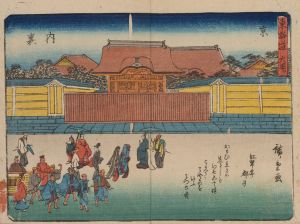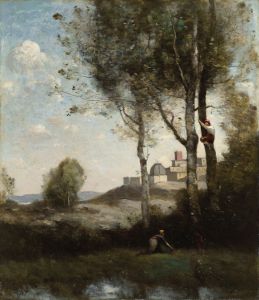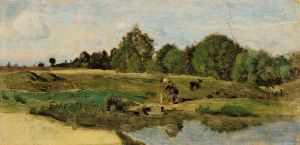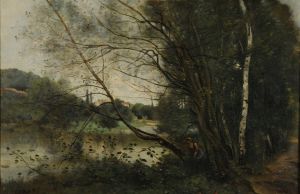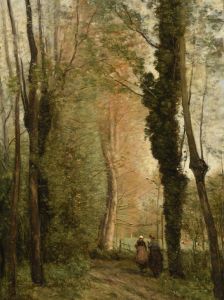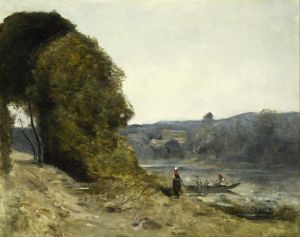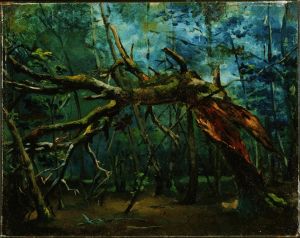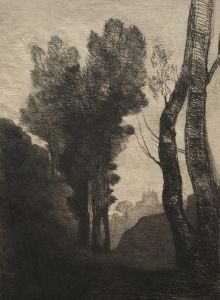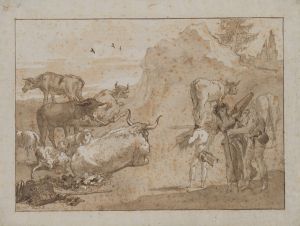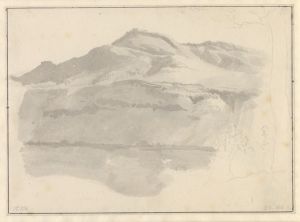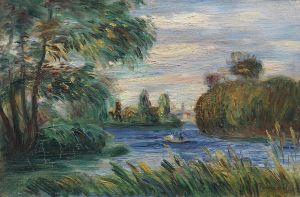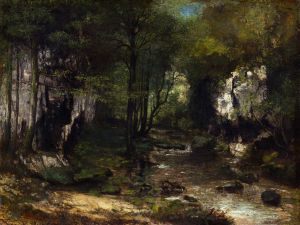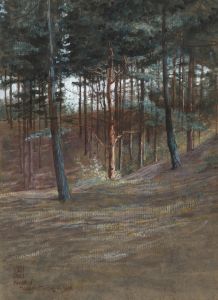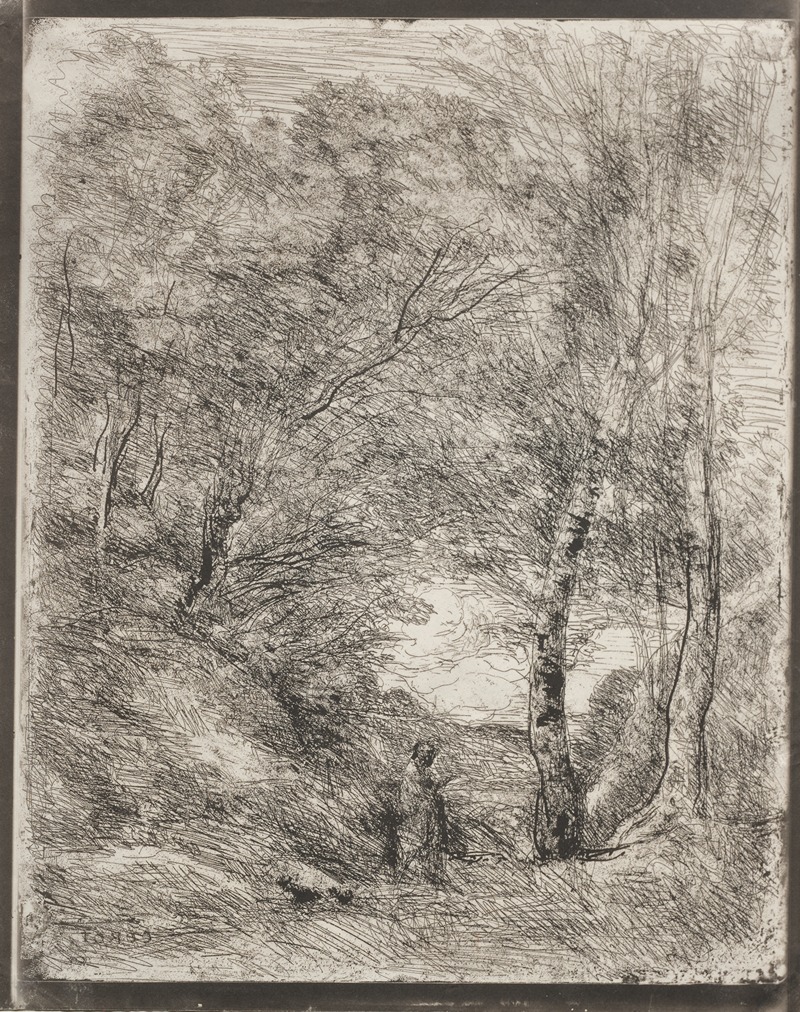
The Gardens of Horace
A hand-painted replica of Jean-Baptiste-Camille Corot’s masterpiece The Gardens of Horace, meticulously crafted by professional artists to capture the true essence of the original. Each piece is created with museum-quality canvas and rare mineral pigments, carefully painted by experienced artists with delicate brushstrokes and rich, layered colors to perfectly recreate the texture of the original artwork. Unlike machine-printed reproductions, this hand-painted version brings the painting to life, infused with the artist’s emotions and skill in every stroke. Whether for personal collection or home decoration, it instantly elevates the artistic atmosphere of any space.
Jean-Baptiste-Camille Corot was a renowned French landscape and portrait painter, whose work marked a pivotal transition from the Neo-Classical tradition to the Impressionist movement. One of his lesser-known works, "The Gardens of Horace," exemplifies his mastery in capturing the serene beauty of nature, though specific details about this painting are scarce.
Corot was born in Paris in 1796 and began his artistic career relatively late, at the age of 26. He was heavily influenced by his travels throughout Europe, particularly in Italy, where he studied the works of the Old Masters and was inspired by the Italian countryside. This influence is evident in many of his works, which often depict tranquil landscapes with a focus on light and atmosphere.
"The Gardens of Horace" is believed to be one of Corot's landscape paintings, a genre for which he is most celebrated. His landscapes are characterized by their soft, diffused light and a sense of calmness and introspection. Corot often painted en plein air, or outdoors, which allowed him to capture the natural light and atmosphere of the scene directly onto the canvas. This technique was later adopted by the Impressionists, who admired Corot's ability to convey the ephemeral qualities of nature.
Corot's style is often described as a bridge between the Neo-Classical and Impressionist movements. His early works were more structured and detailed, reflecting the influence of his academic training. However, as his style evolved, he began to focus more on the effects of light and the overall mood of the scene, rather than precise details. This shift is evident in "The Gardens of Horace," where the emphasis is likely on the harmonious relationship between the elements of nature.
Throughout his career, Corot maintained a balance between his studio work and his outdoor studies. He was known for his ability to capture the essence of a landscape with minimal brushstrokes, creating a sense of depth and atmosphere. His use of a muted color palette and soft, blurred edges gives his paintings a dreamlike quality, inviting viewers to immerse themselves in the tranquility of the scene.
Corot's influence on the art world was profound, and his work was highly regarded by his contemporaries. He was a mentor to many young artists, including several who would later become prominent figures in the Impressionist movement. His approach to capturing light and atmosphere laid the groundwork for the Impressionists' exploration of these elements in their own work.
While specific information about "The Gardens of Horace" is limited, it can be appreciated within the broader context of Corot's oeuvre. His ability to convey the beauty and serenity of nature continues to resonate with audiences today, and his contributions to the development of modern art are widely recognized.
In summary, Jean-Baptiste-Camille Corot's "The Gardens of Horace" reflects his mastery of landscape painting and his pivotal role in the transition from Neo-Classicism to Impressionism. His focus on light, atmosphere, and the harmonious interplay of natural elements remains a testament to his enduring legacy in the art world.





